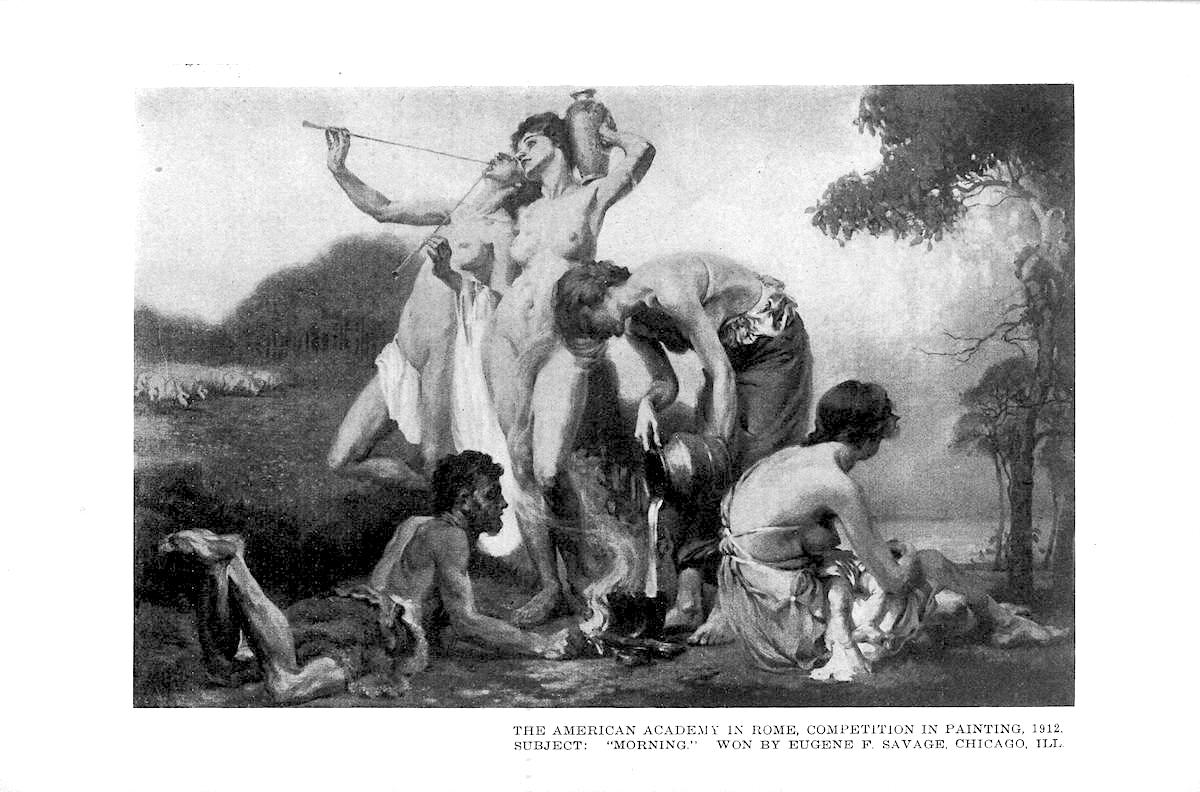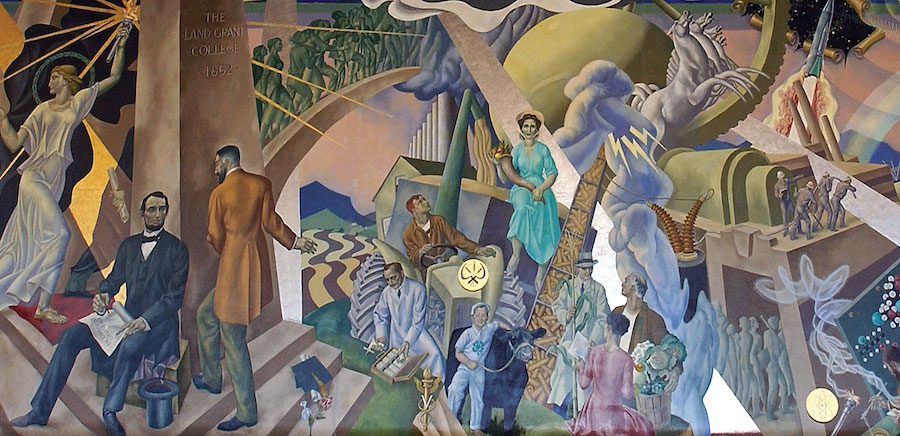Today's post presents some of the portraits he made before he was 40 years old, so his skills were fairly mature but perhaps not fully formed. Pre-1899 works were not evident in a Google search, though I surely must have missed some. Those paintings were made when he lived in Budapest.
The portraits below are arranged in approximately chronological order.
Empress Elisabeth of Austria-Hungary - 1898
Kaiser Franz-Joseph of Austria-Hungary - 1899
Adele van Loon - 1901
Pope Leo XIII - 1900
This might have been a study for a larger, more formal painting.
Jan Kubelik - 1903
Princess Max Egon von Hohenlohe-Langenburg, née María de la Piedad de Yturbe - 1906
But this time, László's style is beginning to approach maturity.
Princess Victoria Alexandra Olga Mary of Wales - 1907
Signed, but not "finished."
Princess Andrew of Greece and Denmark, née Princess Alice of Battenberg - 1907
Condesa Meyendorff - 1908
Kaiser Wilhelm II - c. 1908
Again, more a study than a completed work. I'm assuming the Kaiser sat for this.



































